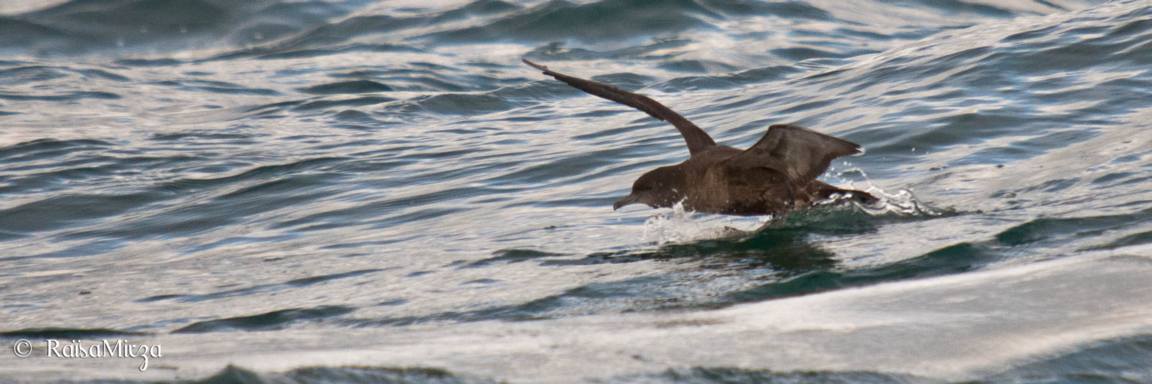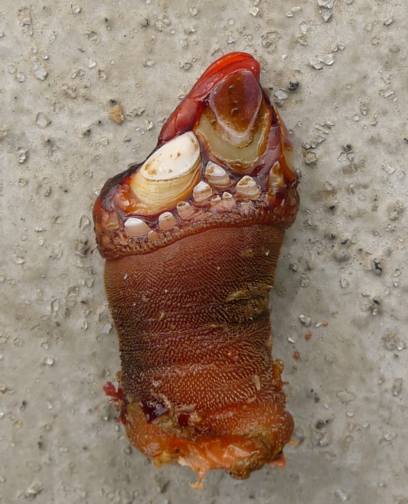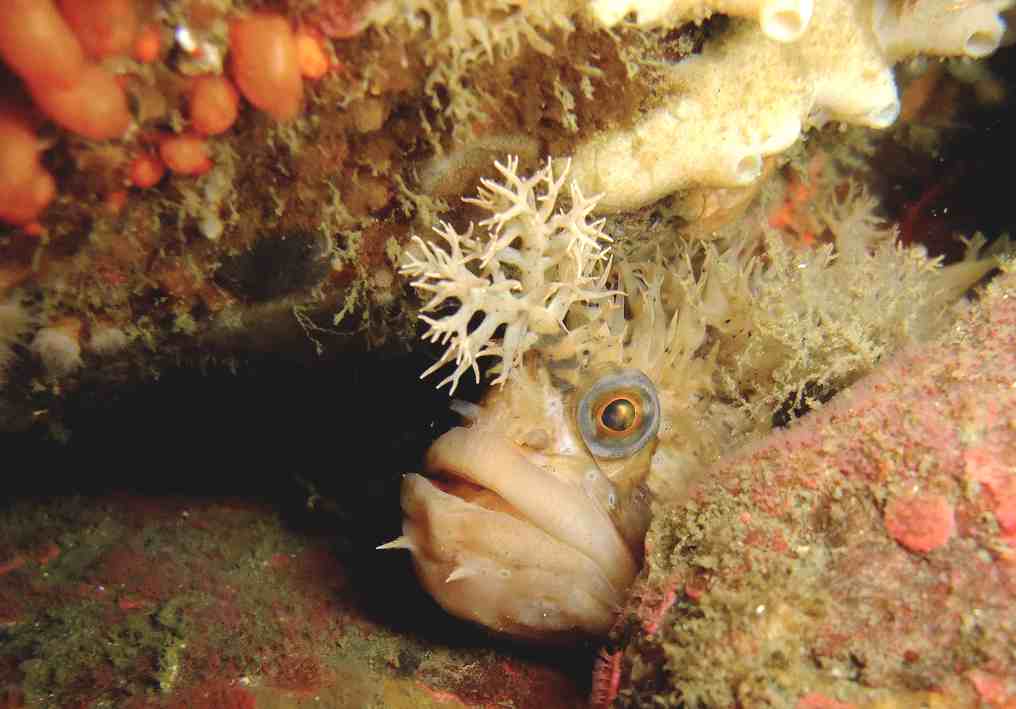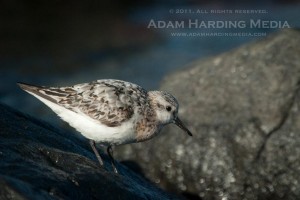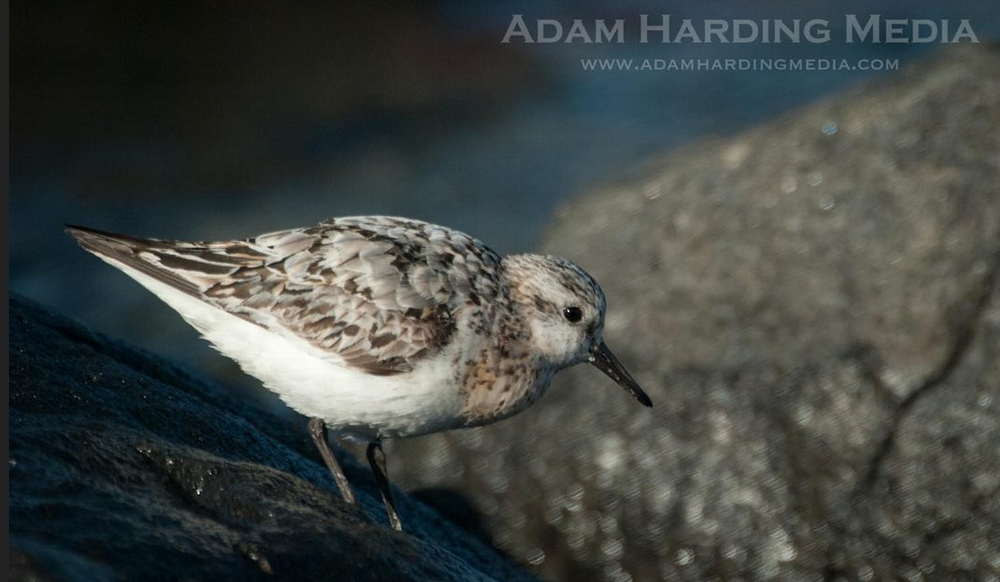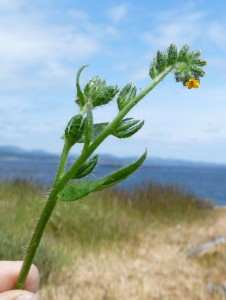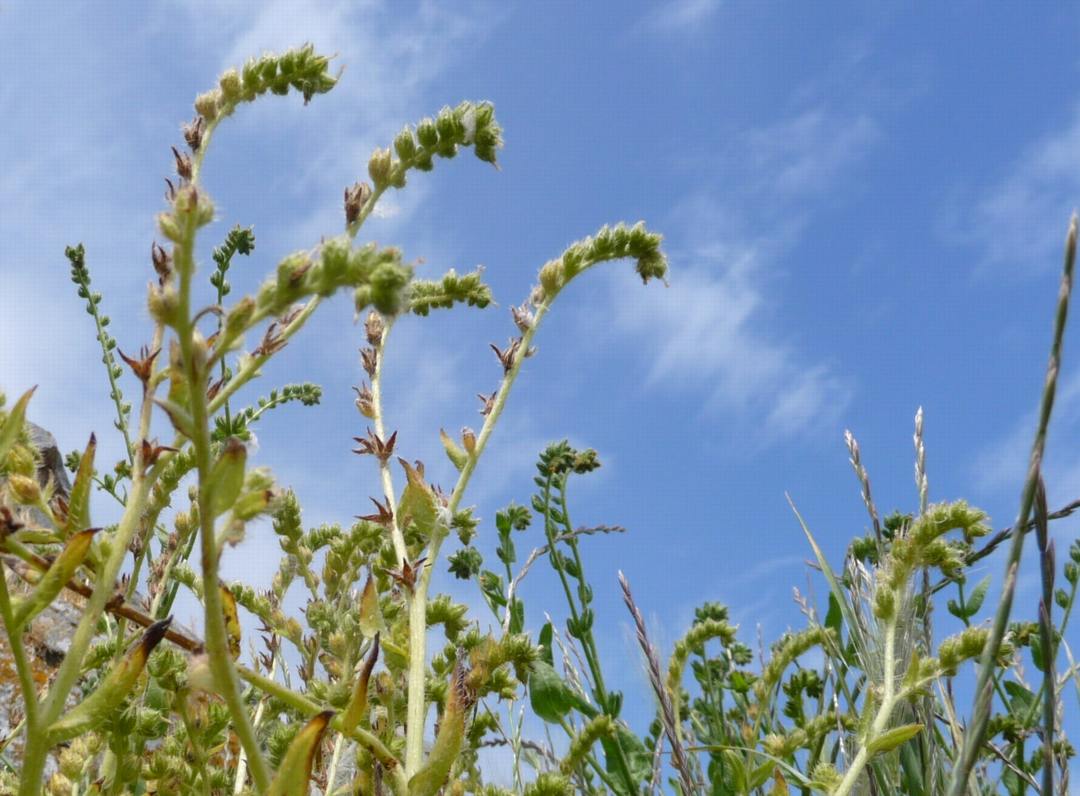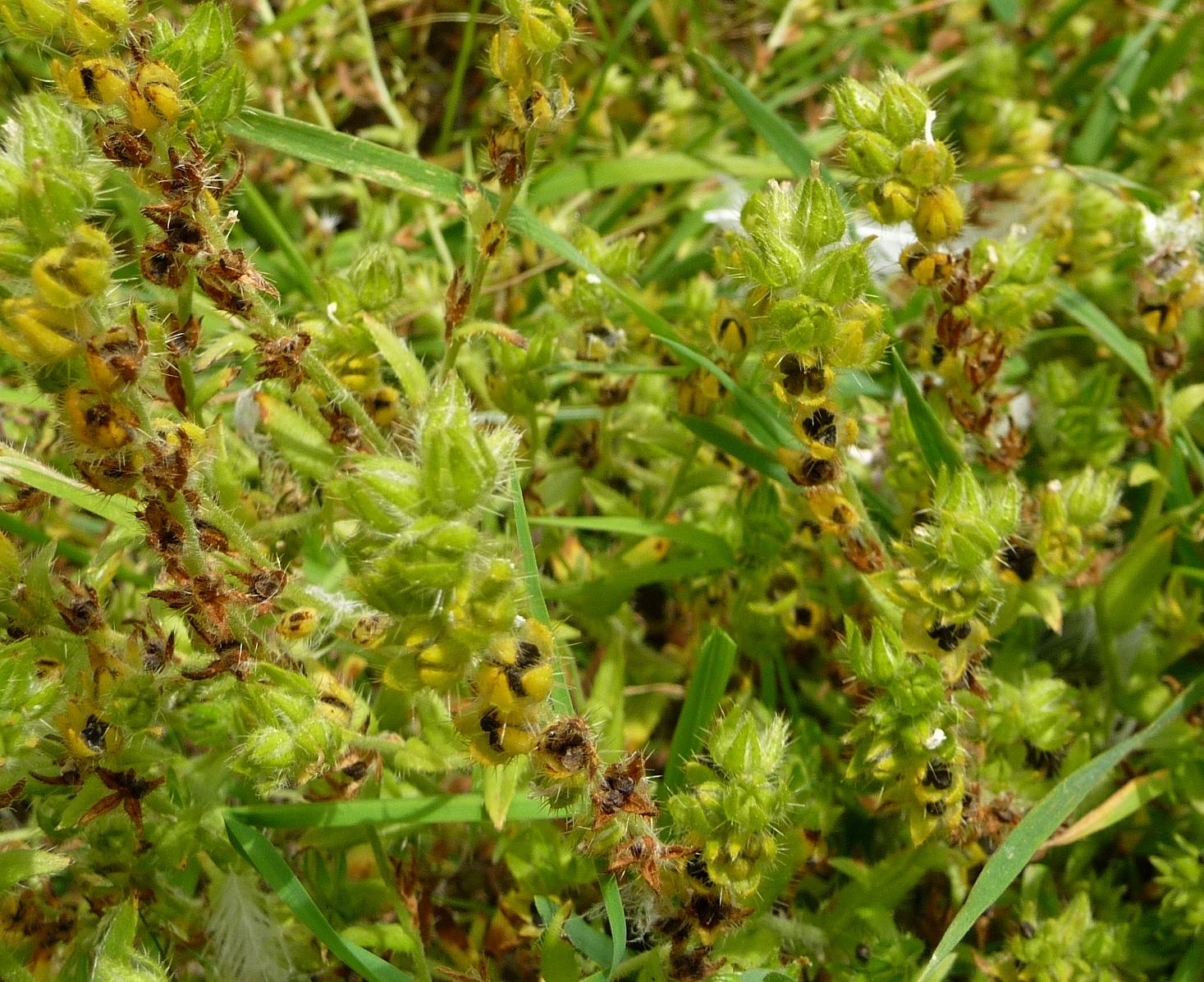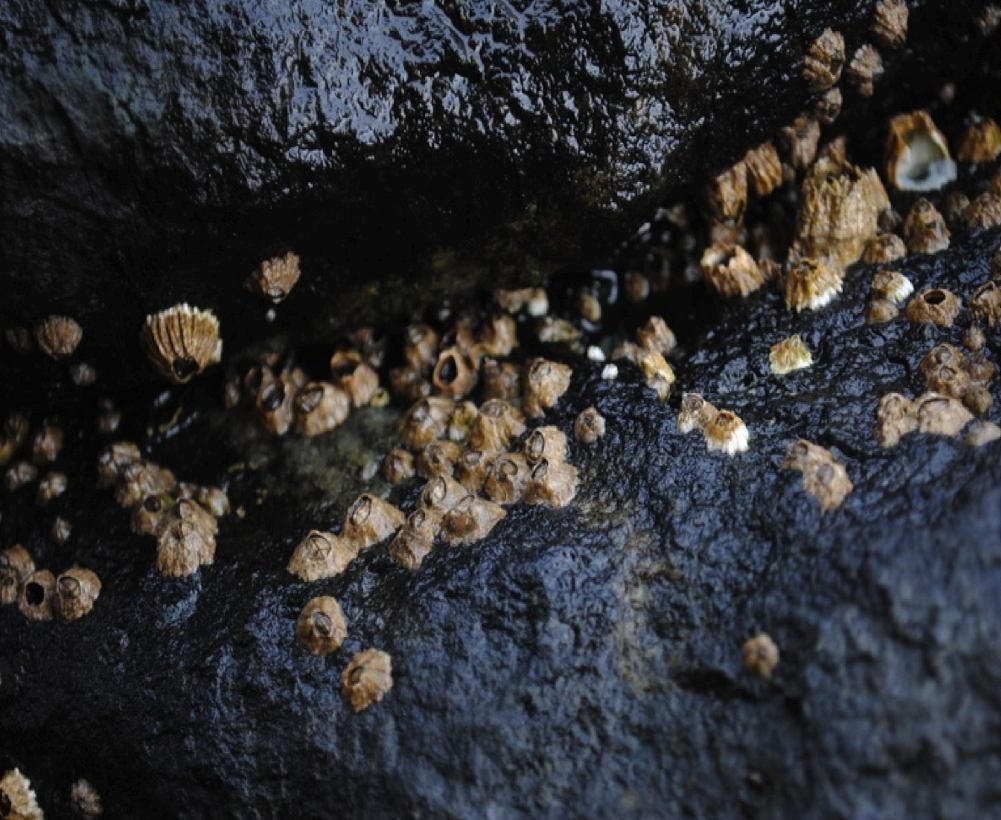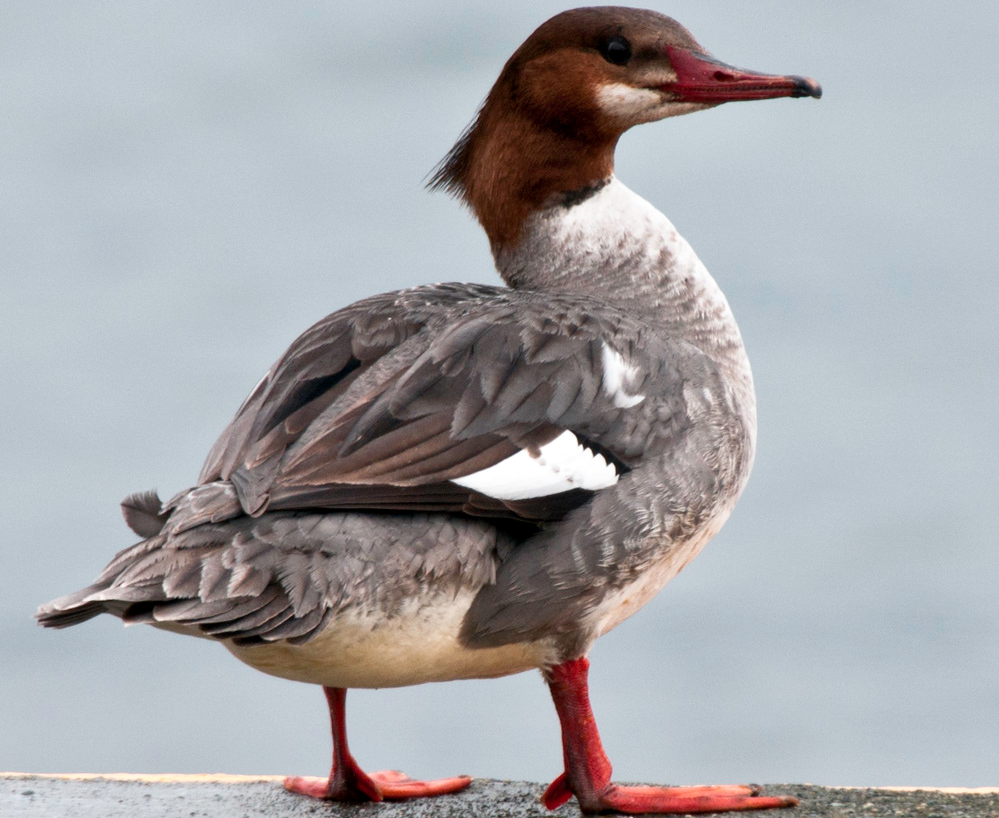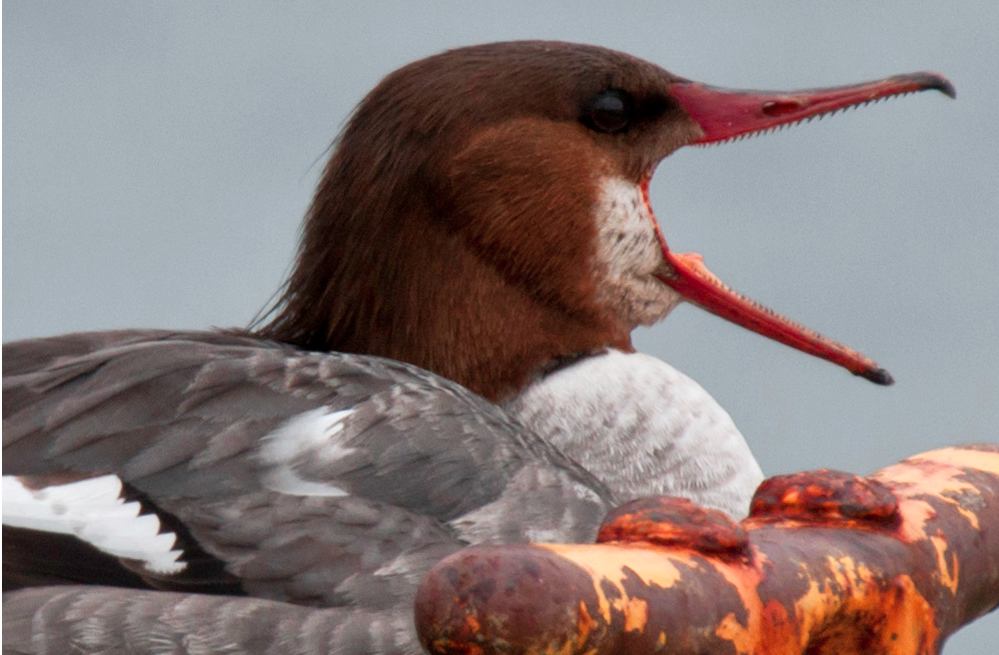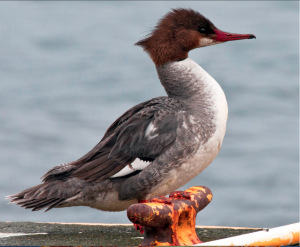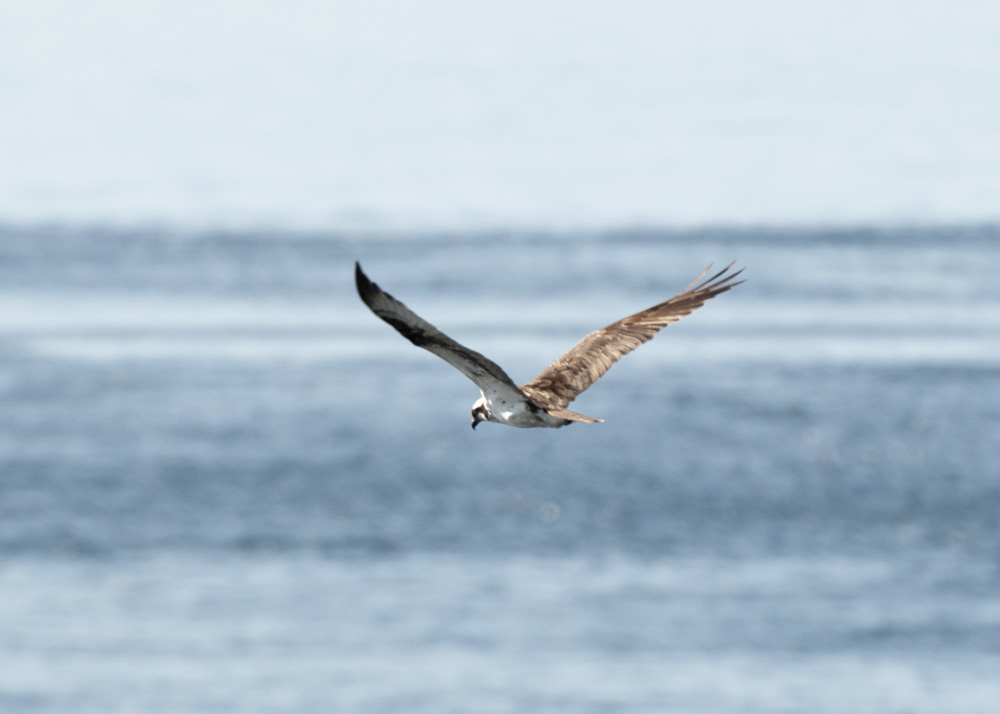
This is the first image taken of this species at Race Rocks. Ryan states: “While counting marine mammals from the lighthouse I noticed the sea gulls take flight similar to a bald eagle response. I then saw this osprey flying SE over Great Race about level with the top of the tower. The next day I observed a pair of ospreys hunting in the shallows West of Pedder Bay Marina.”.We have seen ospreys previously in Pedder bay, where a pair had a nest up until the early-1980’s.
| Image by Ryan Murphy |
| Other Members of the Class Aves at Race Rocks |
and Image File |
 The Race Rocks taxonomy is a collaborative venture originally started with the Biology and Environmental Systems students of Lester Pearson College UWC. It now also has contributions added by Faculty, Staff, Volunteers and Observers on the remote control webcams. The Race Rocks taxonomy is a collaborative venture originally started with the Biology and Environmental Systems students of Lester Pearson College UWC. It now also has contributions added by Faculty, Staff, Volunteers and Observers on the remote control webcams.
Ryan Murphy |

